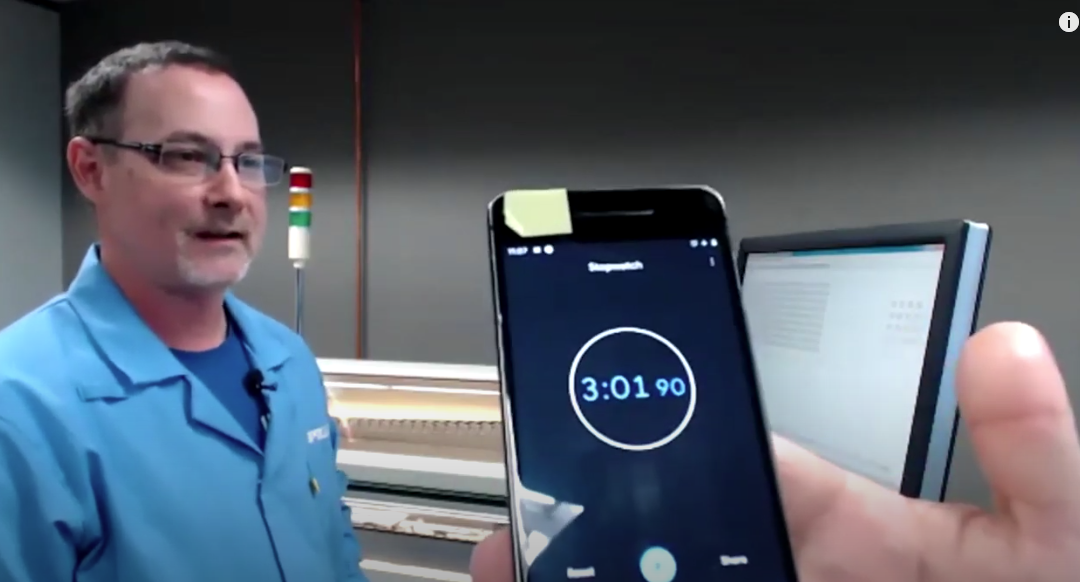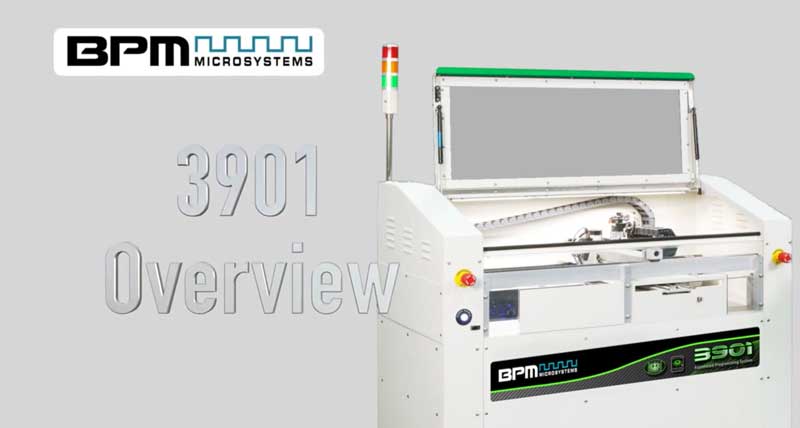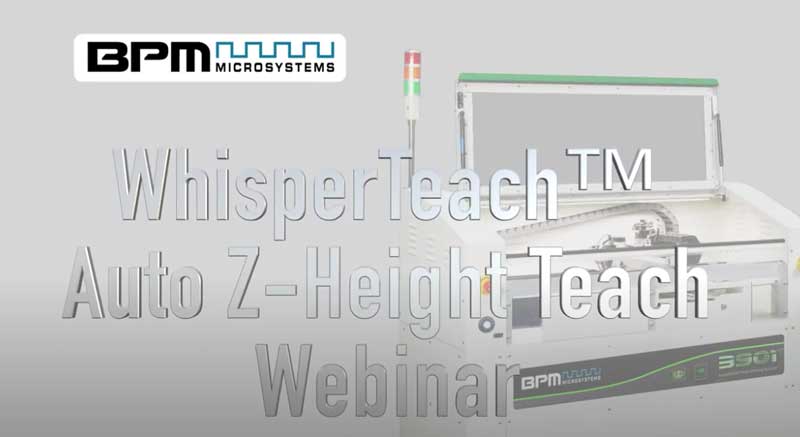
WhisperTeach™ Virtual Demo
WhisperTeach™ Virtual Demo
WhisperTeach is BPM’s patented hardware/software solution to the z-teach in Automated Programming. It makes set-ups fast, easy, and (most importantly) much more accurate than is possible with a human operator. Colin and Scott are hosting this 30-minute (or so) Virtual Demo
- WhisperTeach Demo
- Side-by-side comparison of WhisperTeach vs. Manual Teach
- Q&A
BPM Microsystems WhisperTeach™ | See how Auto-Z Teach makes programming 2X Faster & 3X More Accurate
WhisperTeach™ Webinar, originally live September 29, 2020.
We set up a BPM 3928 Automated Programming System (APS) with exactly the same specs: BGA153 Devices with a 24 second programming time, 16 Sockets on 4 sites, Tray-input, Tray-output, with a small reject tray.
Tray requires 3 locations to be “taught”, plus the rejects tray, plus each of the 16 socket “pockets”.
- We used two methods to set up the job: The first (on the bottom) is a tradition “manual” teach, which requires a skilled operator.
- The second is WhisperTeach™, BPM’s patented technology that automates and improves the time/accuracy by mechanically teaching the critical Z-Height, the most difficult part of any set up.
Here are some of the numbers:
- 10:52 Start Job using WhisperTeach™; Over 22 minutes using traditional teach.
- 240 Devices programmed with WhisperTeach™ when the other machine produced the first unit.
- 500 Units WT = 35 Minutes Legacy = 46 Minutes
- If we use $0.20 per device as a good average, .20x 240 = $48 “free” devices programmed.
- If only 1 job is taught per shift: $48 * 260 days per year = $12,480 saving per year. = $62,400 over 5 years
- $187K if a 3-shift operation programs only 1 new device per shift.
- Another way to look at it is the total number of devices programmed gained!
- Number of additional devices programmed 240 * 260 days * 3 shifts = 187,200 additional devices per year = 936,000 Devices over 5 years
- For a programming center with Hi Mix and new jobs weekly the impact could be even bigger!
- Efficiency and Productivity is only part of the benefit.
- Let’s discuss the cost of poor quality….COPQ. I think it’s safe to say that all manufacturers have had to rework or scrap boards at one point or another. That’s the Cost of Poor Quality “detection and prevention of product failures is more than offset by the savings in reductions in product failures.”
- Outputs of poor quality:
- Direct Cost
- Rework
- Scrap
- Reputation
- Lost business
- Opportunity costs
- Claims Training and Operator Efficiency.
- Don’t have to be an expert.
- Same results on 1st shift, 2nd shift 3rd shift.
- Hosted by Colin Harper, Sales Director at BPM, and Scott Bronstad, Marketing Guy at BPM.
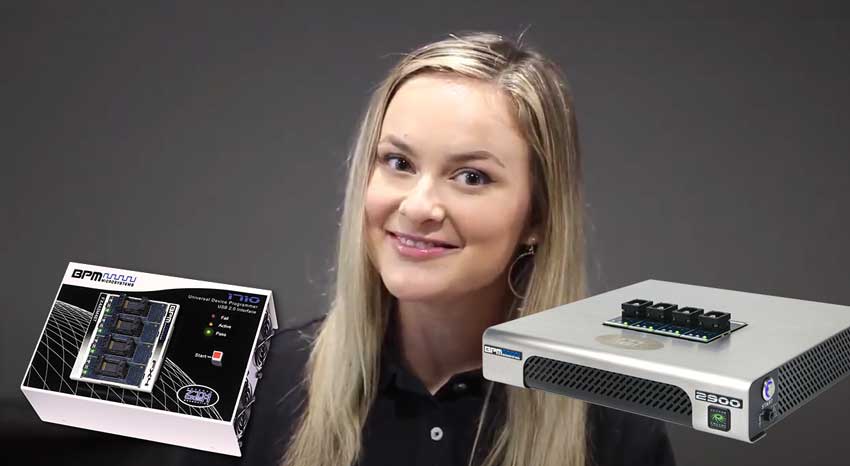
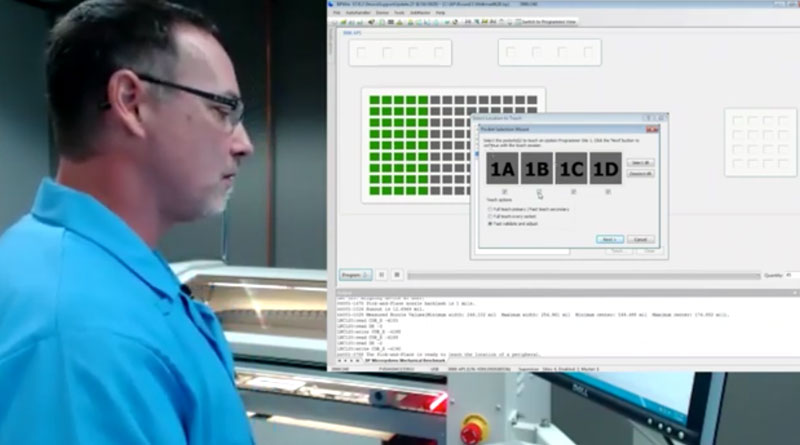
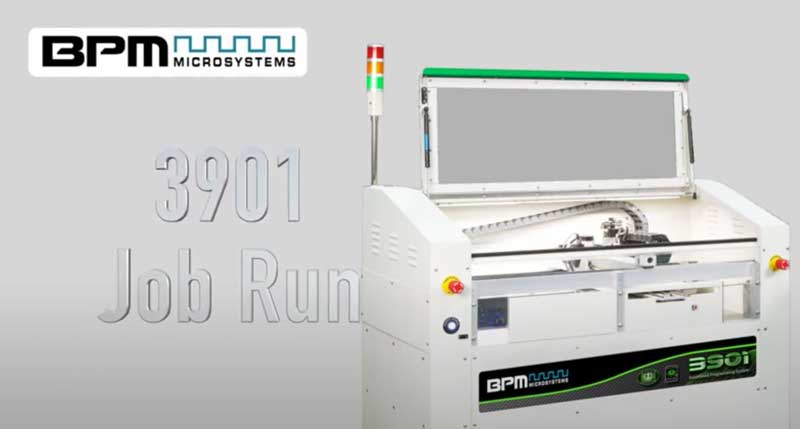
 Colin Harper
Colin Harper Scott Bronstad
Scott Bronstad